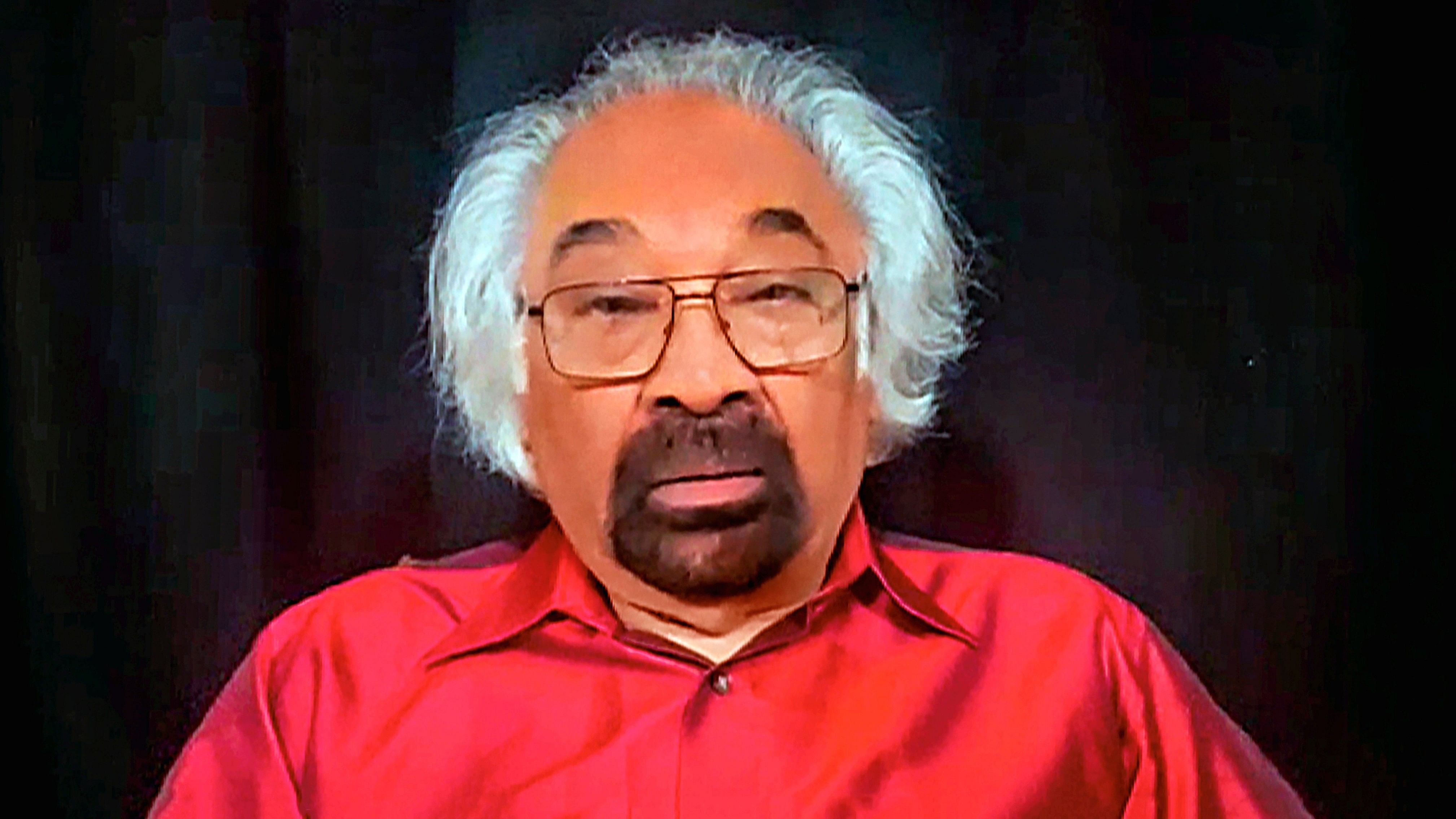
Sam Pitroda
Credit: PTI Photo
It could be that Sam Pitroda’s then position as the chairman of the Indian Overseas Congress prompted him to define India in international terms, using skin colour, appearance and race as counters. Controversy has often trailed the communications guru’s sound bytes, and after the flutter over the comments on inheritance tax, he raised a bigger row with his description of India as an identity mishmash. He said: “People in the east look Chinese, people in the west look like Arab(s), people in the north like, maybe, white and people in the south look like African.” Tax is something you talk about and can even evade, but there is no getting away from skin colour and looks. Even the crucible nation where Pitroda has lived hasn’t mixed them well in many years. He couldn’t foresee the response to his description in a country where the outsider has been derided as mleccha and crossing the seas had invited ostracism.
We have prided ourselves on our view of the world as one family. ‘Vasudhaiva kutumbakam’ is a political and diplomatic catchword now and gives legitimacy to our claim to be the world’s guru and guide. That connotes the idea that we consider the world as our family, an extension of ourselves. But is the converse true? Do we consider ourselves as an extension of the world, as containing within ourselves other peoples, as a country that has others with different skins and faces, as a home to multitudes of all kinds? Inherent in this is a question about the idea of India. Sam Pitroda articulated it crudely, but this is a nuance we cannot avoid facing. The outraged response to it tells us something about ourselves. It was amplified by politics in an electoral moment, and even the best oratory could not have defended Pitroda without damage.
The nature of outrage reflects our nature and self-view well. The most offence was taken by the comparison with Africans, and the reference to Chinese and Arabs followed it with lower degrees of disagreement, perhaps more for political reasons than for colour. Being white would certainly not hurt many, but black and other colours would not gel with our idea of ourselves and our aspirations. The growing ‘fair and lovely’ business and the rising cream culture are evidence of that. Pitroda may have been talking about an inclusive and diverse India, but he picked up the wrong descriptors and presented a converse image. We are all of them because basically we are all one, and came from one source. But words and descriptions speak to prejudices, and there is no better time to evoke them than during an election campaign.